

Max Davies
How Audi, BMW, Honda, Mercedes-Benz, and Suzuki started out in Australia, and where they are now
5 Hours Ago
Driving a super powerful car should require a special licence, but what does that actually mean?

Publisher


Publisher
OPINION: Let me be honest, I really struggled with this one. The original headline read: “Why a special licence for high-powered sports cars is a terrible idea”.
I am a staunch libertarian and I believe in personal choice, whereby citizens should be able to do as they wish so long as they don’t harm others in the process. But the more I wrote about how a special licence is a terrible idea, the more I actually disagreed with myself… because it’s time to stop idiots and posers driving super fast cars.
So here it goes, the argument for why having a special licence to drive super fast cars is a must… but driver training shouldn’t be left to those that have powerful cars, it should be for all.
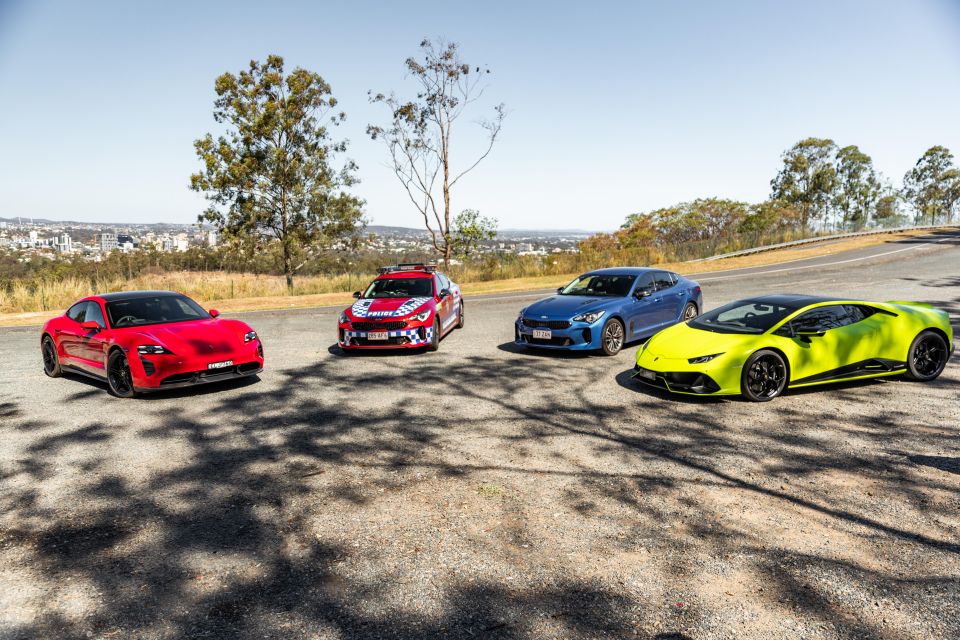
The South Australian Government’s announcement that it will look to introduce special licensing requirements for those driving ‘high-powered sports cars’ has been met with some skepticism by car lovers over the last few days.
Firstly, let’s address the government’s supposed plan of banning the ability to turn off traction control. It will be next to impossible to enforce as car manufacturers from around the world would need to reprogram their cars just for Adelaide. It won’t happen. Also a car coming in from Melbourne or elsewhere would not have that restriction. It’s an idiotic and unworkable suggestion unless the whole of Australia takes it on board, which seems unlikely for the time being.
The laws around special licensing though, they make more sense and are being proposed after a tragic accident involving an out-of-control Lamborghini Huracan that took the life of a teenage Adelaide pedestrian (Sophia Naismith) in 2019.
Time and time again, it takes a tragedy for laws to change and the SA Government’s pledge to change licensing requirements for high-powered sports cars is a reaction to this tragedy.
Every death on the road is tragic and often avoidable, but accidents do and always will happen. Look no further than the McLaren that crashed on the Gold Coast on the weekend, driven by a professional racing driver.
But it’s important we don’t over regulate for the sake of it, or as a snap reaction. This law is likely to come into effect first in South Australia by year’s end and then be adopted by other states, so there needs to be a better understanding of how it would (or could) work.

Firstly, where do you draw the line? Is it just supercars? What is a supercar? Is it power to weight? Is it a 0-100km/h time? Because a refrigerator on wheels (aka a Tesla) is quicker to 100km/h than some supercars and has nowhere near the braking power or agility to match its outright acceleration.
It makes the most sense to be power to weight or 0-100km/h. Much in the same way that P-platers are restricted from driving high-powered cars, you could imagine a law could be brought in stipulating if a vehicle has – hypothetically – 300hp/tonne, or a 0-100km/h time of less than 4.0 seconds, it would require a special licence.
To put that in perspective, a Huracan in its heaviest form weighs about 1500kg dry and has at least 580hp (RWD convertible) but can be as light as 1340-80kg and have 640hp (STO/Performante). That would absolutely qualify for the special licence requirements. It has acceleration times between 2.9 and 3.3 seconds to 100km/h.
A Volkswagen Golf R has 315hp and weighs 1450kg, so that would not qualify on power-to-weight. It does 0-100km/h in 4.8 seconds, so it misses out on that as well. The question I have for you is; is the Golf R less dangerous in the hands of an incompetent driver than a Huracan?
The answer might be yes, but the intention of both vehicles is to go fast, so arguably there’s a bigger picture here that needs to be addressed. If a car’s intent is about performance (sit down Toyota 86 drivers, you don’t qualify on any performance scale I can imagine) then the chance of it exceeding the limits on the road is much higher.
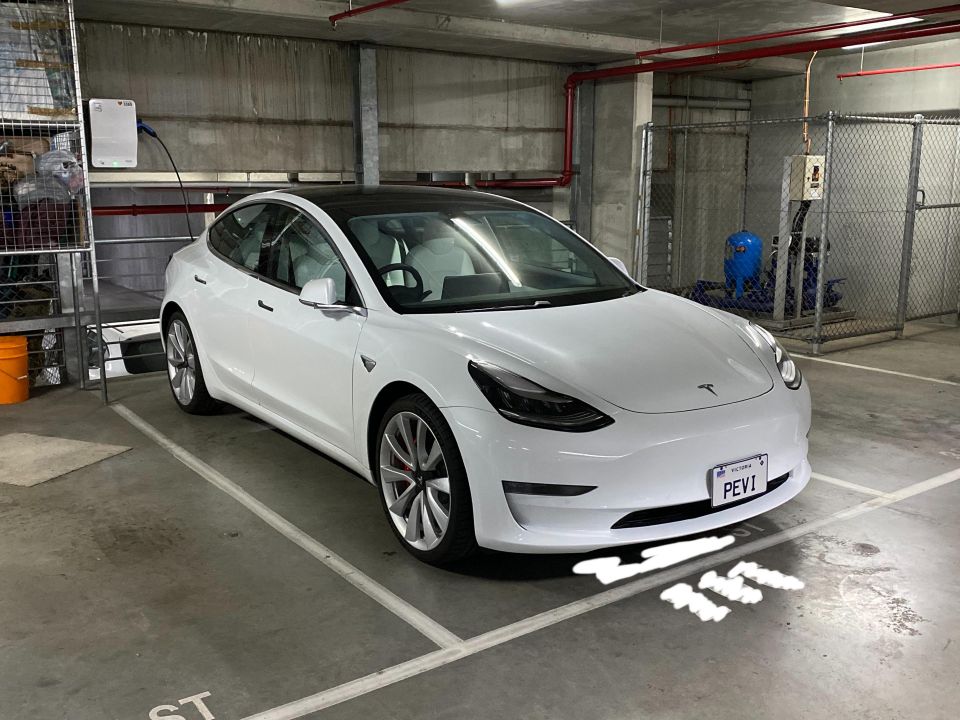
What about a Tesla Model 3 Performance? You might not need an enthusiast streak or a love of cars to own one, but the range-topping Performance AWD offers 147kW from its front motor and 211kW from the one on the rear axle.
It doesn’t make sense to combine them for a total output (it doesn’t work like that), but even if you did the AWD Tesla with all its motors weighs 1844kg. If you combined the two outputs and converted it to horsepower you would get 480hp, which is well below the 300hp/tonne metric we started with.
However, look at the 0-100km/h time of 3.3 seconds and you realistically would have to qualify this as a super sports car as well… right?
Based on that and the increasing number of performance electric vehicles, the only real metric worth using for this is a 0-100km/h time.
Let’s say the South Australian Government came to the same conclusion. Any car that can accelerate to 100km/h in less than four seconds requires a special licence. What does that actually mean?

That’s the real question, isn’t it? Pretty much all performance brands like Ferrari, Lamborghini, Porsche, AMG and BMW M offer driver training days and events to get their customers to better understand and learn their cars and capabilities.
I can assure you, having been to literally every single one of those brand’s driver training events across all levels, I am a far better driver for it (especially the Porsche Driver Training Level 4 and 5, which is truly amazing).
I have also witnessed some owners who have no clue. No matter how much driver training is instilled in them, ownership is more about the look and wow factor than anything else, which is totally fine. Then, when the time is wrong, they will try and show off in their 600hp+ supercar and well, we all know what happens there.
So what exactly are we going to test to get a special licence? Here’s a radical idea, instead of making it a defensive driving course or some nonsense about understanding how traction control works which any idiot can pass, let’s make it a lap time.
If you can get under a certain lap time around a track, you qualify for the licence. If you don’t, then you clearly have no concept of driving – please see your nearest Toyota dealer for an 86 (that was a low blow, I do love the 86, maybe).
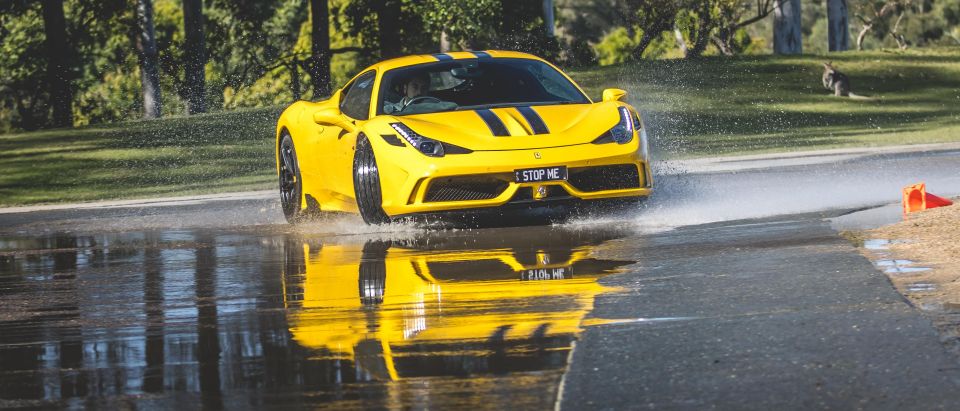
Sounds crazy? Think about it. If you own a supercar then you need to understand how it works and where the limits are, how else can we prove competence in a sports car than what it’s made to do? Set a decent lap time.
We are not talking about breaking Lewis Hamilton’s track record, but say within two or three seconds of a professional’s time in a similar car. That takes reasonable effort.
I can see the pitfalls you’re thinking of. For example, what happens if someone crashes their car while trying? (Perhaps we can do it on a big motorkhana circuit with nothing to hit?).
Or, who determines the lap time given all cars are different? (A professional sets a lap time in a variety of cars and they are used as a benchmark for regular folks to try and get within a five per cent delta).
There is a lot of work to do but the idea has merit. What other way can you test and licence competence in a high-powered car?
No amount of defensive driving courses will give you any real idea of how to drive a vehicle that powerful safely. You must reach your own limits and those of the car to truly understand how to not get anywhere near it on the road.

Does this mean your mum and dad driving a Tesla Model 3 Performance that can get to 100km/h at the same speed as a Ferrari 458 Italia need to set a lap time? Yes. Because otherwise it doesn’t make sense.
What about the Tesla Model S Plaid heading our way soon? It can supposedly do 0-100km/h in 2.1 seconds! That is absolutely mental. That is quicker than any supercar you can buy right now.
Let’s not forget the Porsche Taycan Turbo S at 2.8 seconds (tested at around 2.5 seconds in real life). What’s the difference between a Porsche EV and a Tesla EV?
Well, the Porsche has better brakes and handles better, but ultimately they’re both uncontrollable missiles in the wrong hands and require the same level of licensing requirement as any supercar.
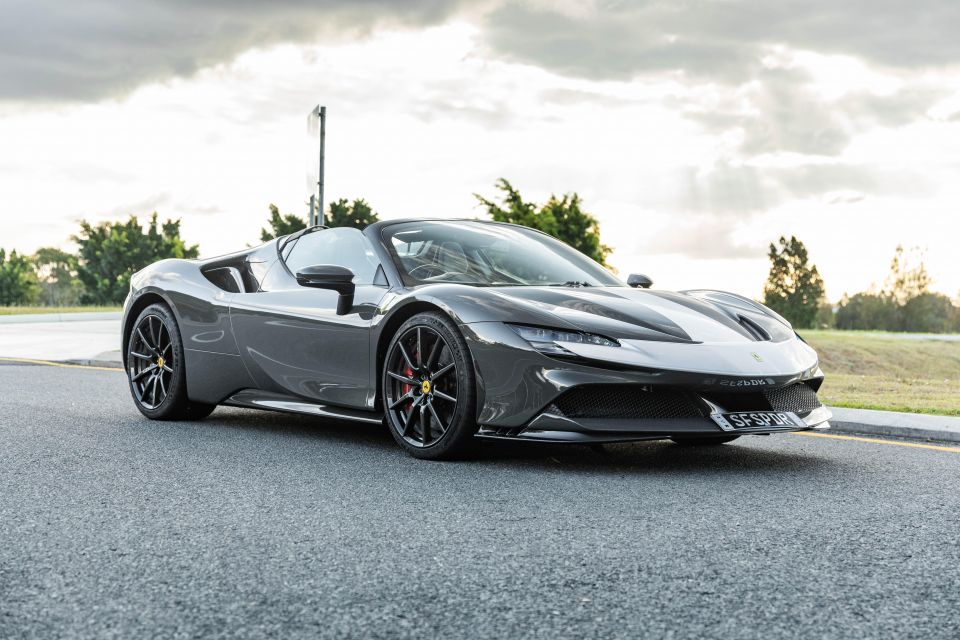
Supercars are only getting faster – look at the Ferrari SF90, which is so fast it makes you sick – and at some point, they will hit the limits of physics, where tyres and traction become the limit instead of the power and torque. The Model S Plaid is pretty close.
However, as ultra-expensive exotics get faster, regular sports cars (say an A45 AMG, which is 3.9 seconds to 100km/h) get faster. That brings me back to my point in the second paragraph: why is driver training only for people driving supercars?
Everyone behind the wheel of a modern car can reach crazy speeds on the road. Yes, a little slower than a supercar, but ultimately a supercharged V8 Jeep Grand Cherokee is arguably scarier in the wrong hands than any supercar on the planet.
Why not actually do what Germany does and train drivers to… you know, drive? Did you know the first time most drivers in Australia have to do an emergency braking manoeuvre, and feel the pulsing sensation of ABS, is before they have their first accident?
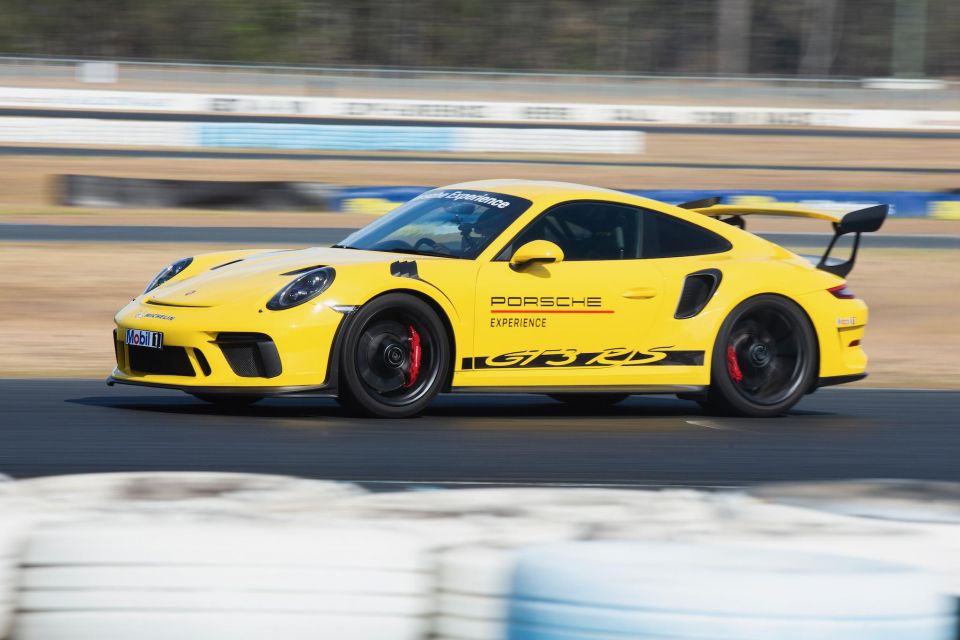
If you work in an office you undergo regular fire drills and evacuation tests, so how come you can drive a car for a decade without realising how to stop it as effectively as possible, or without knowing what happens when you have an understeer or oversteer moment?
The reality is, Australians have never been trained to drive properly. While it’s easy to pick on supercars for special licensing following a tragedy, the country would be far better if we trained all drivers to a certain level of competence and tested those that are after high powered cars to an even higher standard (like a lap time).
Perhaps one benefit of getting the special licence could be having more points spare, too. Or perhaps the government can comprehend a Lamborghini’s 100-0 stopping time is better than a RAV4 and give a bit more leniency? I know, it sounds too good to be true.
At the end of the day, accidents happen, as tragic as they are. The intention of these soon-to-be rules is right, but the execution for the training should be so much more than just a box-ticking exercise if it’s meant to have an actual impact.
Tell us how you would like to see these rules brought in and tested in the comments below.
Alborz Fallah is a CarExpert co-founder and industry leader shaping digital automotive media with a unique mix of tech and car expertise.


Max Davies
5 Hours Ago


William Stopford
5 Hours Ago


Derek Fung
6 Hours Ago


Max Davies
13 Hours Ago


William Stopford
1 Day Ago


Ben Zachariah
1 Day Ago